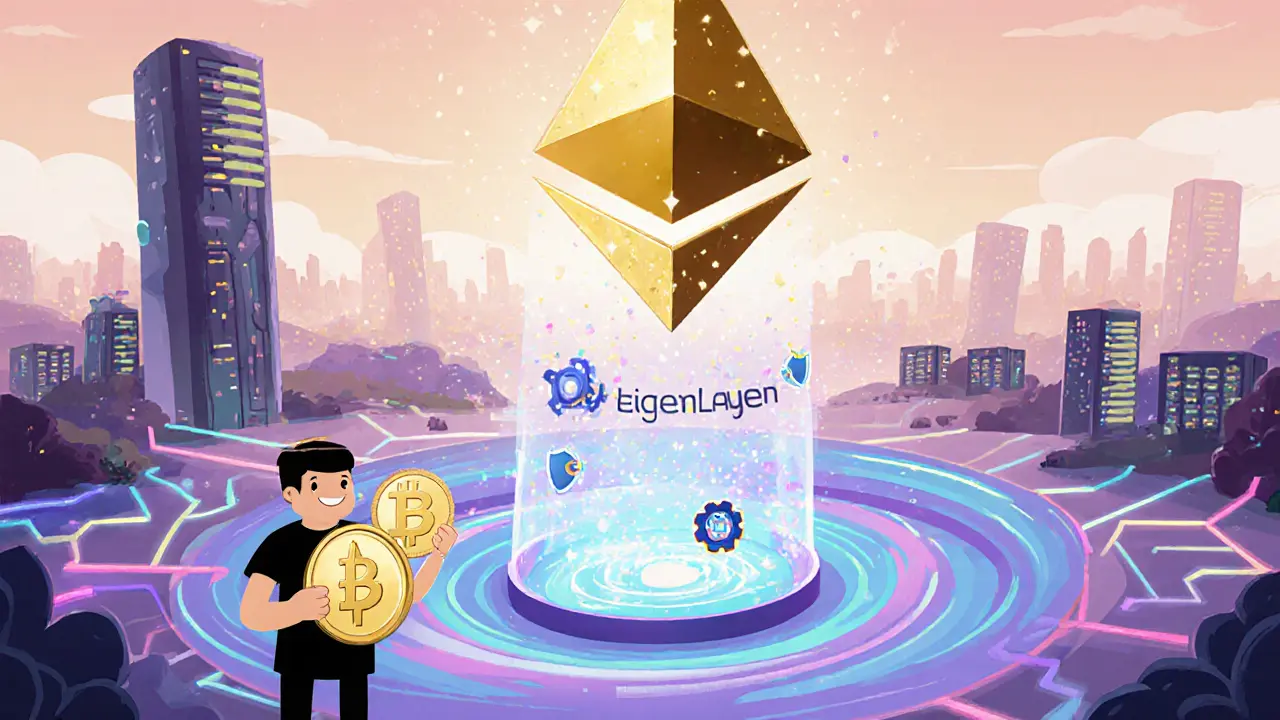AVS: Your Go‑To Hub for Play‑to‑Earn, Airdrops and DEX Insights
When working with AVS, a blockchain token that blends gaming rewards, NFT utilities and decentralized finance features. Also known as AvatarSwap, it serves as a bridge between gamers, traders and DAO participants.
AVS encompasses the play‑to‑earn, a model where users earn native tokens by engaging in games or completing on‑chain tasks and relies on regular airdrop, a distribution method that gives free tokens to eligible wallets to boost network adoption. Both concepts drive community growth and create liquidity opportunities on various decentralized exchanges, platforms that let users trade tokens without a central intermediary. Understanding how these pieces interact helps you assess risk, spot genuine opportunities, and avoid common scams.
How AVS Connects Gaming, Finance and Governance
At its core, AVS packs tokenomics that reward active players with staking yields, while a portion of fees is funneled into a DAO treasury. The treasury funds future game development, NFT drops, and community grants, making the token a living ecosystem rather than a static asset. This DAO‑driven model requires clear voting mechanisms—often quadratic voting—to prevent whales from dominating decisions. When the community votes on new game features or airdrop schedules, the outcome directly shapes AVS’s market dynamics and price stability.
Liquidity on DEXs such as VoltSwap or MCDEX is crucial because it determines how easily you can swap AVS for other assets without slippage. High liquidity also lowers the risk of flash‑loan attacks, a common vulnerability in automated market makers. By monitoring liquidity pools, you can gauge community confidence and anticipate price movements before they hit larger exchanges.
Security is another pillar. AVS contracts undergo third‑party audits, but smart‑contract exploits still happen. Knowing how to verify an airdrop—checking official channels, confirming contract addresses, and using multi‑signature wallets—protects you from phishing scams that mimic legitimate AVS promotions.
All these elements—play‑to‑earn rewards, airdrop mechanics, DEX liquidity, DAO governance and security checks—form a web of interdependence. Mastering one piece gives you a foothold in the others, and together they create a resilient, community‑driven token economy.
Below you’ll find a curated collection of articles that break down each of these topics. Whether you’re hunting the next AVS airdrop, comparing DEX performance, or learning how DAO voting works, the posts give actionable steps and data‑driven analysis to help you make smarter moves with AVS.
EigenLayer Restaking Protocol Explained: How Ethereum Security Is Extended
EigenLayer lets you reuse staked ETH or LSTs to secure new Ethereum services, earning extra yield while boosting protocol security. This guide covers how it works, key players, risks, and future outlook.
read more

